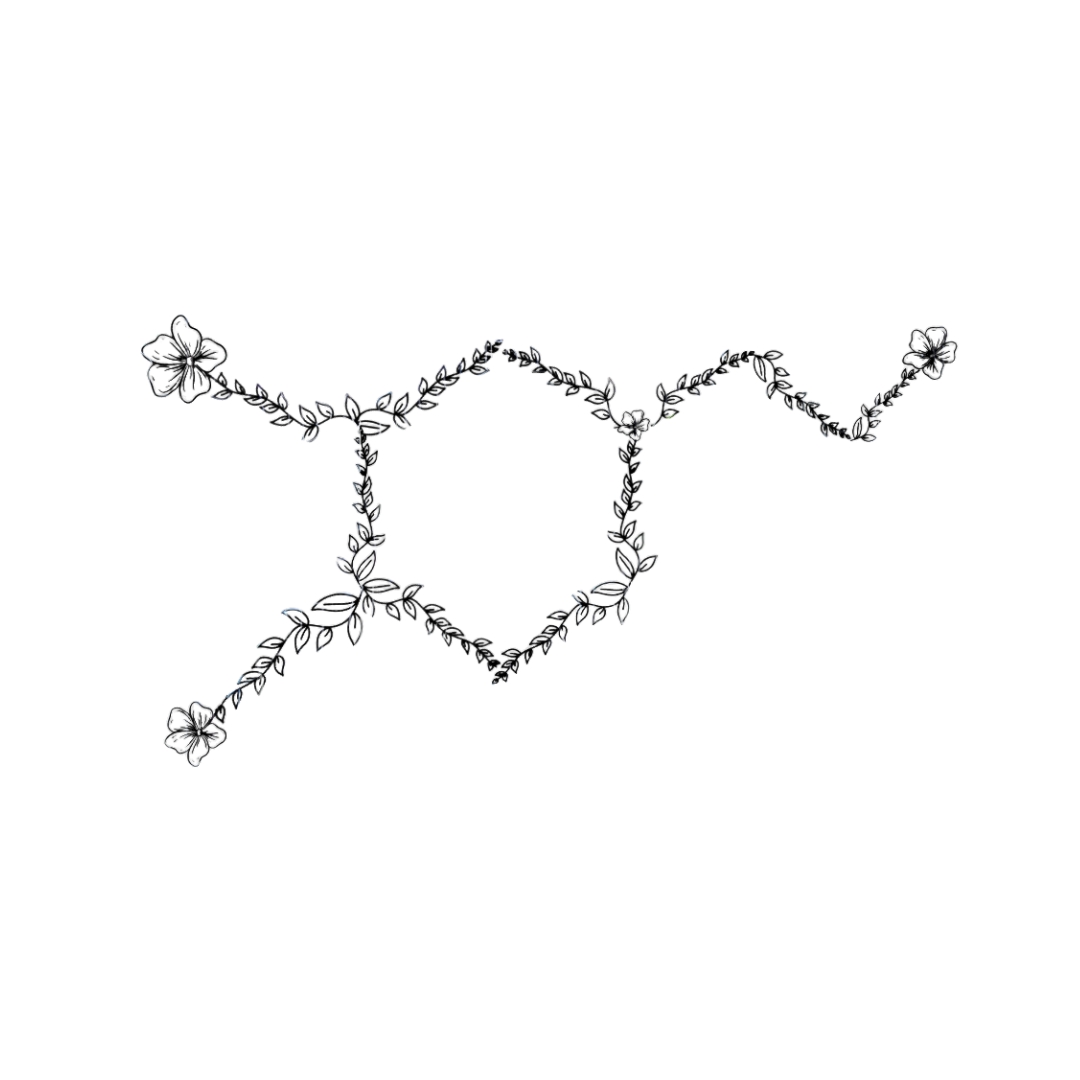There’s a version of me who laughs easily, makes plans, gets things done, and shows up for the people I love. And then there’s another version — one who spirals, shuts down, or disappears completely. Living with PMDD means learning to live with both of them. And let me tell you, it’s exhausting.
Let’s start off light…
What is PMDD?
PMDD stands for Premenstrual Dysphoric Disorder. It’s like PMS cranked up to a level that interferes with your ability to function. It’s a severe hormone sensitivity disorder — my brain has an extreme reaction to the natural hormonal shifts that happen during the menstrual cycle. These are normal hormonal changes… but my brain doesn’t react kindly to them.
Stats You Should Know
Roughly 5–8% of menstruators live with PMDD. That may sound small, but it’s not — and those who do live with it are often misdiagnosed or suffer in silence. Like most of women’s health issues, it’s under-researched and deeply misunderstood. But the emotional, mental, and physical toll is very real.
And here’s something that isn’t talked about enough:
People with PMDD are at a significantly higher risk of suicidal thoughts and behaviours. According to the International Association for Premenstrual Disorders (IAPMD), up to 30% of individuals with PMDD will attempt suicide in their lifetime, and more than half experience suicidal ideation at some point.
That’s not just a stat — that’s a wake-up call. PMDD is not just about mood swings or irritability. It’s a serious, life-threatening condition that deserves more attention, research, and support.
PMDD and ADHD: My Perfect Storm
I also have ADHD. And let me tell you, the PMDD + ADHD combo is like a double whammy. ADHD already impacts executive function, mood regulation, and memory. Layer PMDD on top and things can feel absolutely unmanageable. The luteal phase (the time between ovulation and my period) becomes a dark tunnel I fall into every single month.
How PMDD Affects My Life
It affects everything.
Relationships? I do my best to educate and warn my loved ones on my symptomology and when it will flare up. But still, relationships face great strain. I’m much more quick to anger and irritation, leading to shutdowns. Sometimes I get so mad I see red. The worst part about this is that I don’t know when it’s going to happen. I could be having a completely blissful time with my partner, and one out-of-pocket comment or small disruption can set me off.
And then comes the shame. The apologies. The repair. The exhaustion of having to explain that I know this isn’t me, but I still need you to understand me.
Work and school? It’s a constant cycle of burnout. I have about one “good” week a month. The rest, I’m either recovering or surviving. And yet, expectations don’t change. Deadlines don’t wait. Life doesn’t pause for PMDD.
The Phases and the Symptoms
My PMDD symptoms vary depending on where I’m at in my cycle:
Follicular Phase (after my period): This is my “good” time. I’m productive, motivated, optimistic.
Luteal Phase (after ovulation): The switch flips. My emotions become intense and unpredictable. I feel ragey, hypersensitive, anxious, depressed. Small things feel enormous. I question everything — my worth, my relationships, my abilities.
Menstruation (when bleeding starts): There’s a strange release here. Unlike typical menstruators, the storm starts to lift. I still feel drained, emotionally hungover, but a little clearer.
What It Feels Like
Sometimes it feels like there are two of me. One who loves life, and one who wants to burn it all down. One who shows up, and one who wants to vanish. It’s a flip of a switch — a random trigger — and suddenly I’m the meanest version of myself. And I know it. I’m aware of it as it’s happening, but I can’t always stop it. It’s like watching a car crash from the inside.
How I Cope
I’m learning how to work with PMDD, not fight it. It’s not easy, and there’s no quick fix, but these things help:
DBT Skills: Dialectical Behaviour Therapy has been huge — especially distress tolerance and emotional regulation.
Planning Ahead: I track my cycle religiously. I try not to make major decisions in the luteal phase. I give myself permission to do less.
Exercise: Moving my body helps, even if it’s just a walk.
Eating Well: Balanced meals, enough protein, and limiting sugar and caffeine during my luteal phase makes a difference.
Mindfulness: Grounding techniques, breathwork, and self-check-ins can help me catch the spiral before it goes full throttle.
Living with PMDD means I’m constantly learning how to be gentle with myself. It means asking for grace when I want to disappear. It means holding space for both versions of me — and refusing to be ashamed of either one.
If you live with PMDD, you’re not alone. And if someone you love does — listen to them, believe them, and offer softness. This isn’t just “PMS.” It’s real, and it’s hard, and we need each other.
PMDD Education & Support
Her Mood Mentor
Her Mood Mentor is one of my favourite PMDD advocates. She offers natural, evidence-based approaches to PMDD relief. Her free Symptom Mapping Kit was what helped lead to my diagnosis and understanding of PMDD. A must-have if you want to start tracking and understanding your unique PMDD patterns.
IAPMD (International Association for Premenstrual Disorders)
This association is awesome for cold hard facts about PMDD. iapmd.org has comprehensive information on PMDD, including treatment options, peer support groups, and crisis resources.
Impart Therapy
A Canadian-based psychotherapy practice specializing in PMDD, PME, and severe PMS. Their team offers individual and couples counselling, as well as monthly DBT-focused group support sessions.


